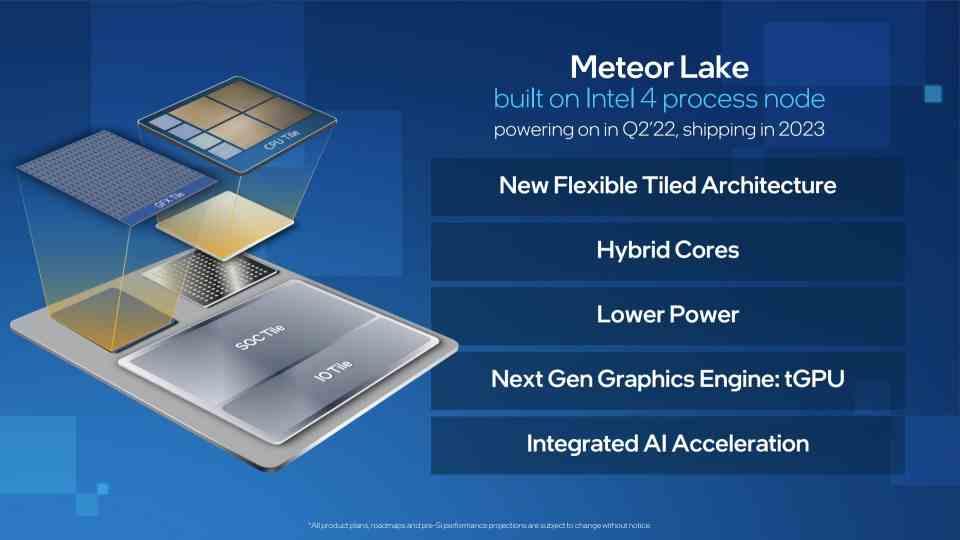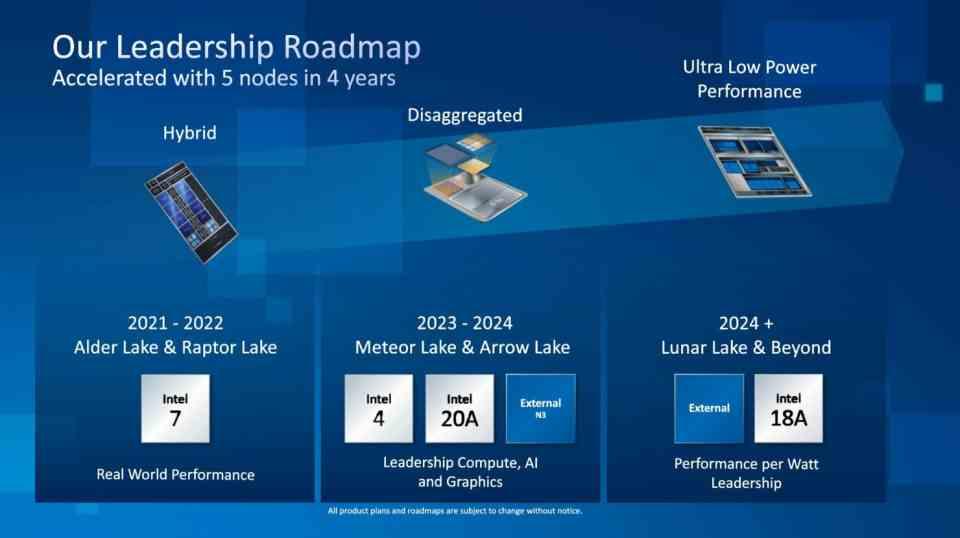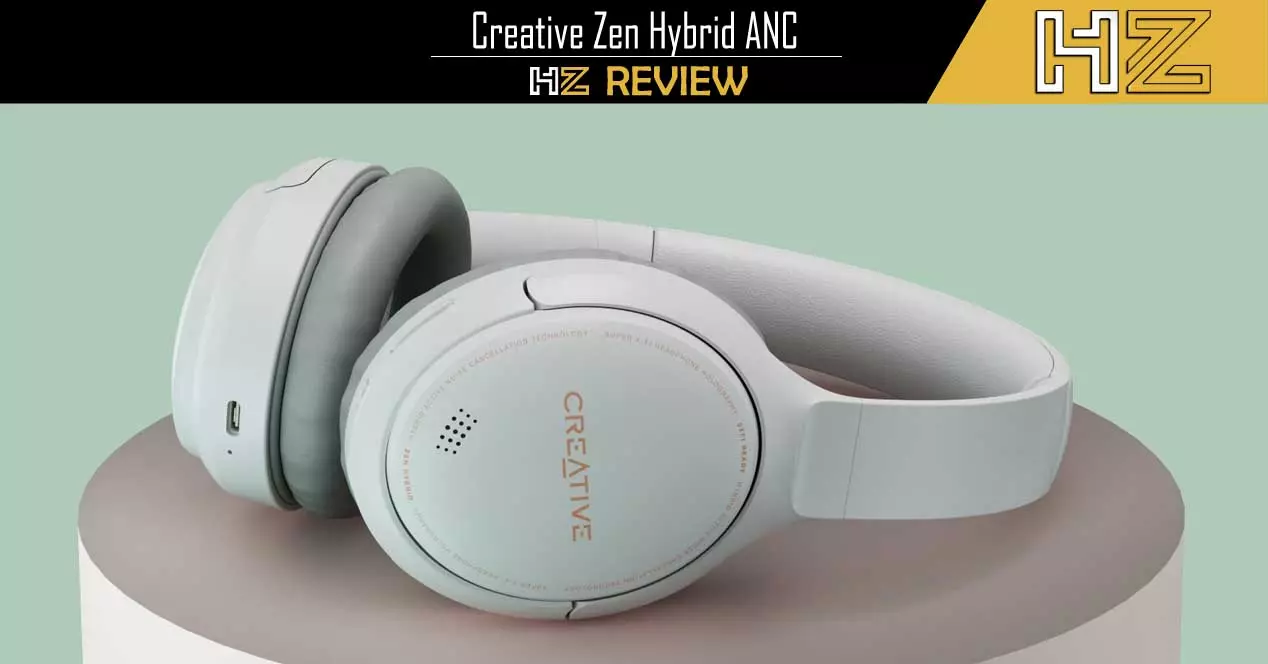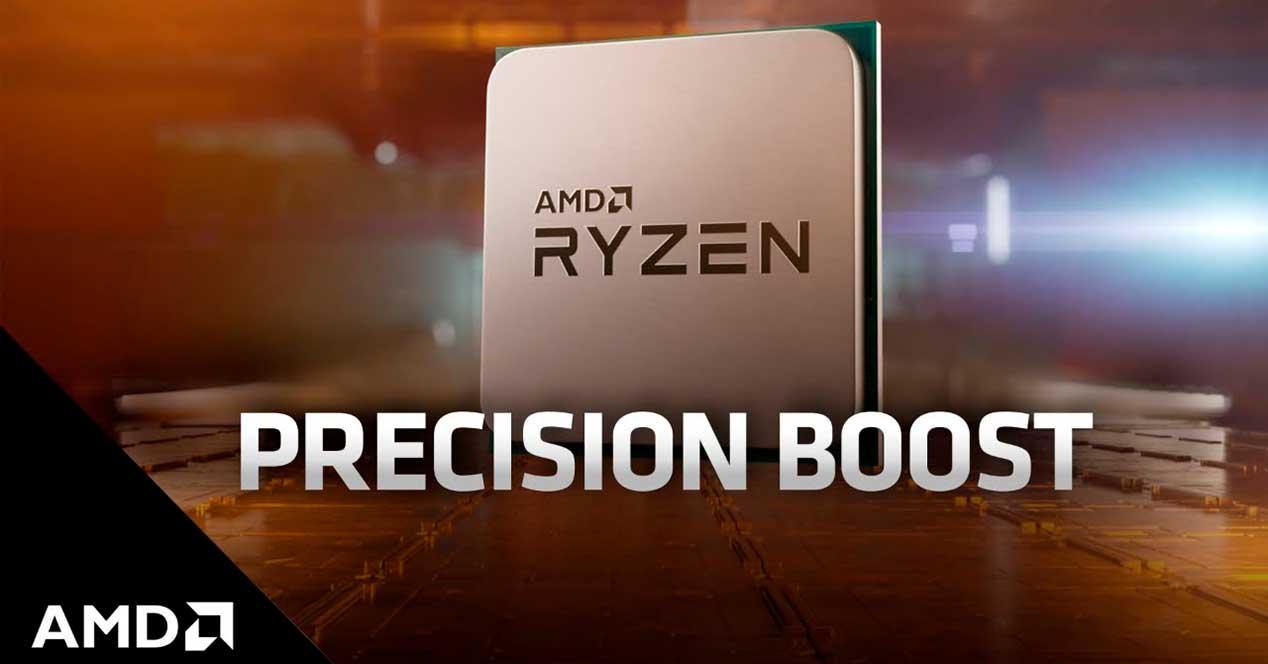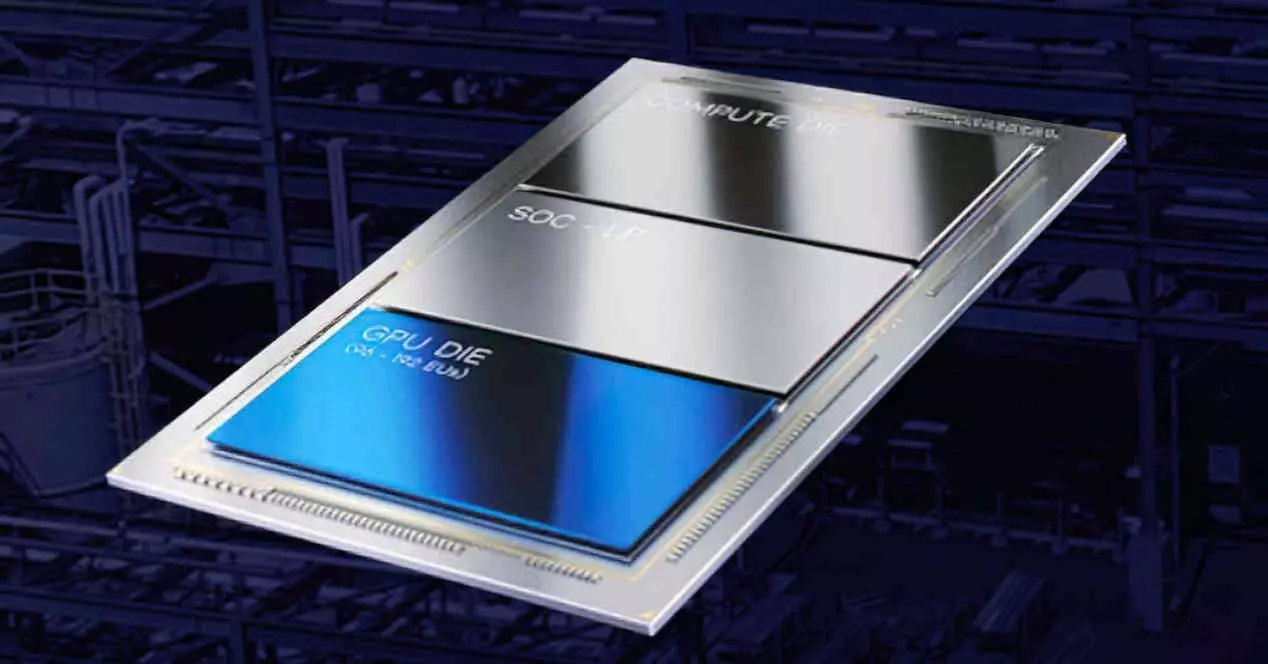
A week ago Intel told us about its plans for the future, and among them we must highlight the arrival for the first time of GPUs not integrated into the processor, but within the same packaging based on the Meteor Lake architecture. Something that we had already seen on laptops and not on desktops. What are Intel tGPUs?
There is no doubt that one of the fronts in which Intel intends to increase its presence is in dedicated GPUs or graphics cards, not only the already well-known integrated ones that have been in their processors for years, nor is the thing limited to the different generations of the Intel ARC, but what Intel wants is for the graphics chip to be integrated vertically and form an inseparable part of its future processors. The objective? Cut market share very aggressively not only to AMD, but also to NVIDIA.
tGPU on Intel Meteor Lake and Arrow Lake
Intel has found a word to talk about what is colloquially known as chiplet, tile, so tGPU is a shortening of Tile GPU. The idea is not to make a processor disaggregated into different components. An idea that we have already seen applied by AMD in its Ryzen 3000 and Ryzen 5000 desktop CPUs, but Intel is going to give it an additional twist from Meteor Lake onwards by including an additional chip that will function as integrated graphics , but on a separate chip. All this mounted on a common interposer that will communicate the different components with each other.
The graphics architecture used by Intel will be the DG3 or known as Battlemage. The Tensor drives in your ARC Alchemist are expected to be inherited in the Meteor Lake tGPU, not forgetting other elements currently absent in the integrated GPUs of the Intel Core 12 or 13. . From which a considerable performance increase is expected with respect to the solutions that can currently be found by Intel, especially in response to the implementation of RDNA 2 in the Ryzen 6000 APUs.
Unfortunately, we will have to wait until the end of 2023 to see if tGPUs make a difference at a point where the creators of the x86 ISA are behind their direct rival. The knowledge accumulated in its upcoming gaming graphics cards is expected to serve Intel in the same way that Radeons serve AMD.
Huge potential for the gaming market
Little by little, the integration of components is reaching the lower ranges and the fact that the Intel tGPU is a separate chip from the processor means that it can be manufactured in any node and foundry. Although the important thing is that it can have any configuration and is less limited by thermal throttling than a conventional integrated graphics.
However, the fact that it is a separate chip means that any chip can be used. So Intel can opt for much more complex solutions in terms of configuration. In that case, the problem would be the memory bandwidth that would act as a bottleneck. Although let’s not forget that it would be possible to assign an own VRAM to the most complex tGPU. Something similar to what was seen in Kaby Lake-G, but replacing the AMD GPU with an ARC Battlemage or better from Intel.
This would allow them to offer pure gaming solutions to PC and laptop builders and manufacturers, who could put together a pure Intel configuration without having to opt for NVIDIA or AMD.
